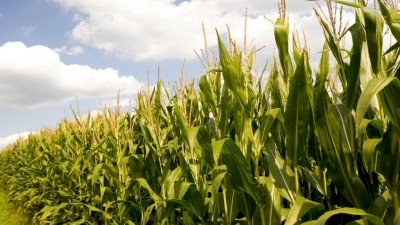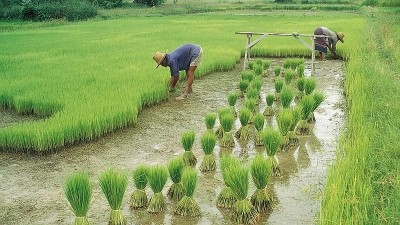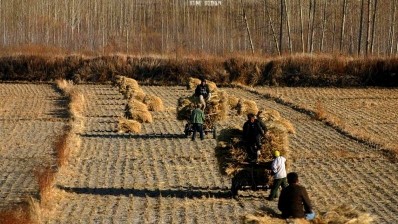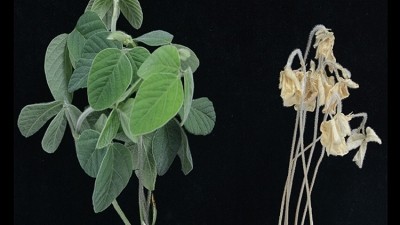China lagging behind US in terms of sustainable agriculture
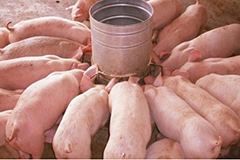
As a result, such a high level of inputs has led to less output improvement and caused waste and soil deterioration. Although China’s N-fertiliser application rate will eventually begin to drop, it is not likely to do so in the near future.
“For all major crops, N-fertiliser availability is the most significant yield determinant, while in China, the fertiliser application efficiency is very low,” said Aochao Wang, Rabobank China’s senior analyst of food and agribusiness research,
“If China can achieve the same efficiency in pig farming as the US, the country will save more than 174,000 tonnes of urea inputs, 11m tonnes of corn, a 1% reduction in arable land use and nearly 1.75m hectares of land greatly limiting environmental damage.”
China’s agricultural production is set to see a number of effective improvements under Government land reform policies. Farmers will soon have the opportunity to transfer collective land to large-scale, professional farms.
In turn, this professionalisation will encourage more operational economies of scale. For example, the development of family farms focusing on agricultural activities with greater economic value, like intensive food-grain production in rotation with high added-value crops like potatoes, onions, and livestock farming.
In conjunction with this, governments, institutions, firms and farmers in China have been actively exploring ways to use fertiliser effectively, and some best-practice standards have already been formulated.
The site-specific nutrient management (SSNM) has helped to reduce the amount of N-fertiliser by one-third in several provinces of China while yields increased by 5%.
However, China’s fertiliser application rate is still accelerating and the current low levels of N-uptake means it is absorbed into the environment causing soil and water acidification, contamination of surface and groundwater resources, and rising greenhouse gas emissions.
Imports of low-value grain from markets with better N-uptake and lower fertiliser input can supplement China’s domestic supply.
“China’s interest in acquiring and developing agricultural know-how as well as its initiative to buy-and-build a leading global agricultural trading house supports its agricultural development and is allowing it to make the best of both worlds”, added Wang.
